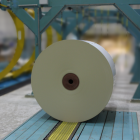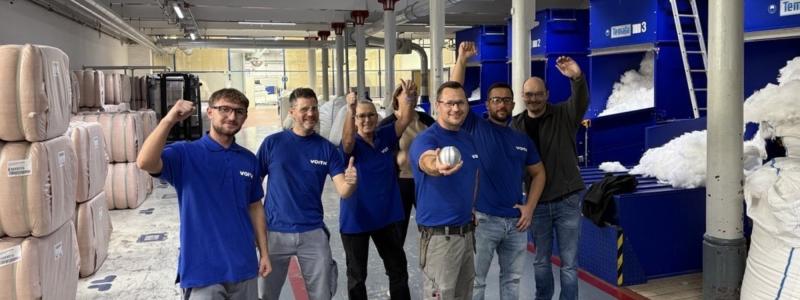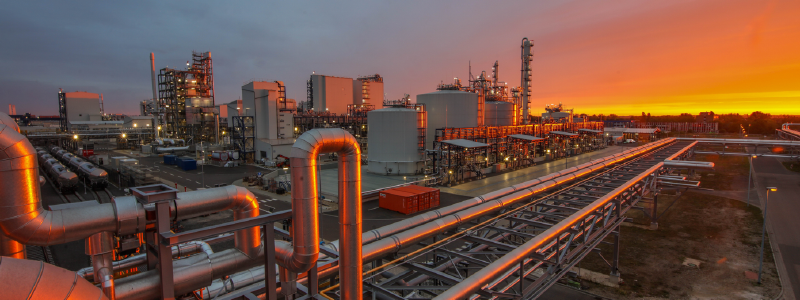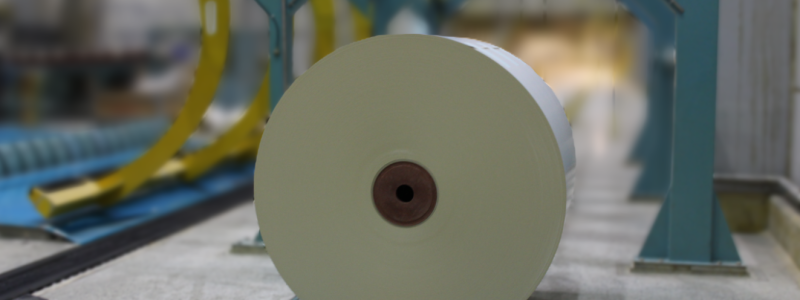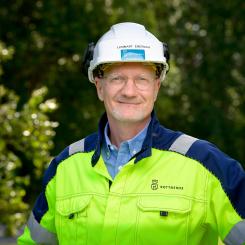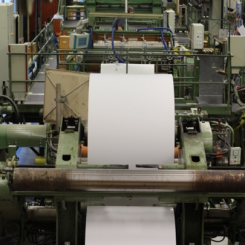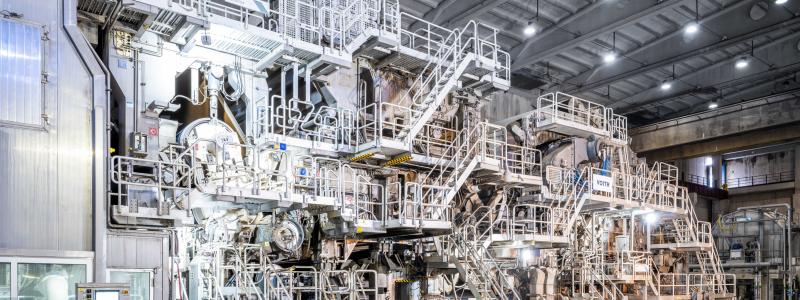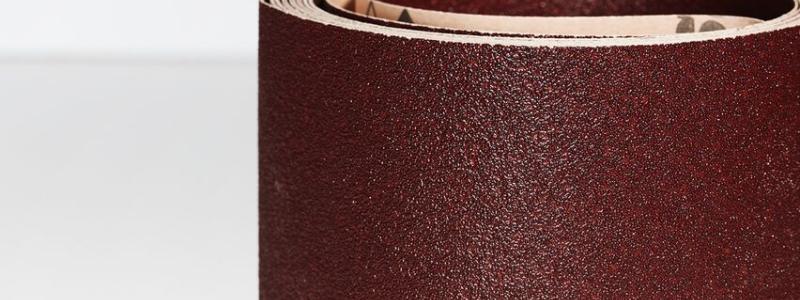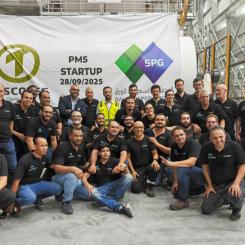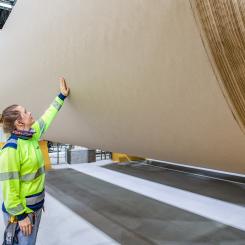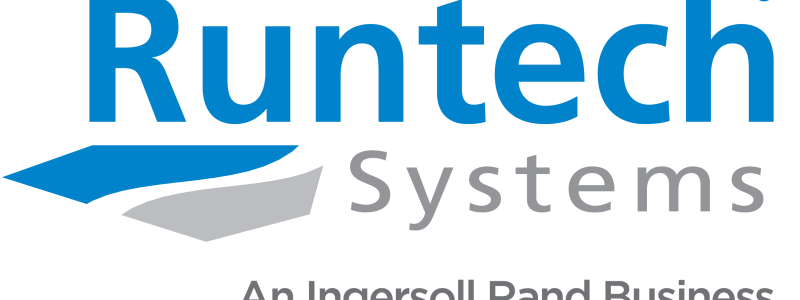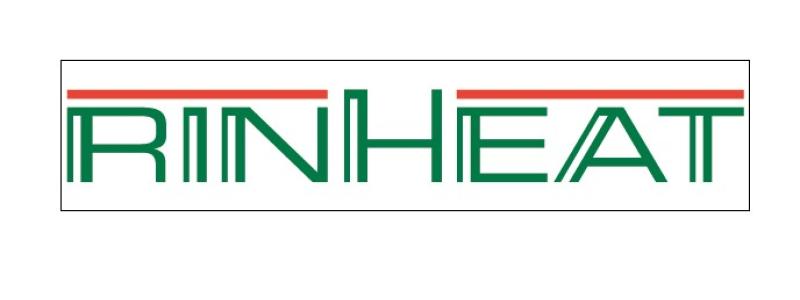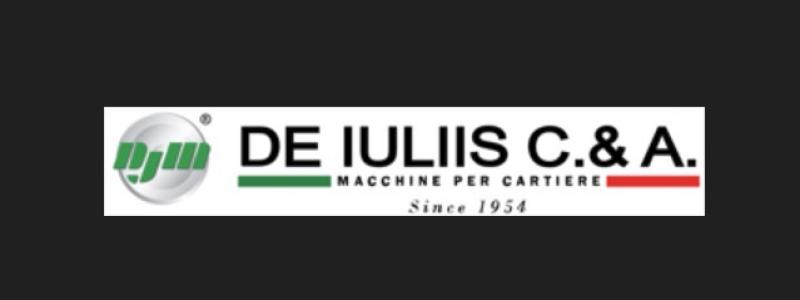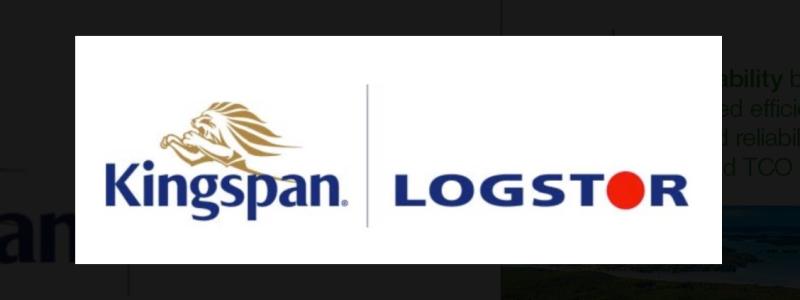Recently, Tembec announced that it has entered into a $30 million loan facility with Integrated Private Debt Corp. (IPD). IPD is the private debt division of Integrated Asset Management Corp. of Toronto. The funds will be utilized to fund a portion of the previously announced $190 million capital project to upgrade the Tembec’s specialty cellulose manufacturing facility in Temiscaming, Quebec. When combined with the $75 million of project financing previously announced on March 16, 2012, the Company has now attained its objective of raising $105 million of project financing.
The IPD loan will bear interest at the greater of 6.35% and the yield on equivalent term Government of Canada bonds plus 4.25% as of the date the funds are advanced. The loan will be reimbursed in blended monthly installments over a period of eight years beginning approximately 24 months after the initial advance with a “balloon” payment of $17.5 million to be repaid at the end of the ten-year term period. The loan is subject to compliance with certain covenants and undertakings customary with such types of facilities.
The project involves the replacement of three old boilers with a new high-pressure boiler designed to burn waste sulfite liquor, a co-product of the specialty cellulose manufacturing process, producing green steam for use at the facility. The project also calls for the installation of a new electricity turbine that will be driven by this steam. The turbine will increase the Temiscaming facility’s green electricity production capacity from its current 10 megawatts to 60 megawatts. The boiler is scheduled to start up in December 2013, followed by the turbine, in May 2014. Hydro-Québec will offtake the additional green electricity produced by this turbine under a 25-year contract at $106 MW/hour, indexed with CPI, which will strengthen and stabilize Tembec’s revenues through the economic cycle.
Once the new equipment is in operation, Tembec expects a four-year return on investment, through new revenues from green electricity, the additional production of 5,000 metric tonnes of specialty cellulose and lower costs.


